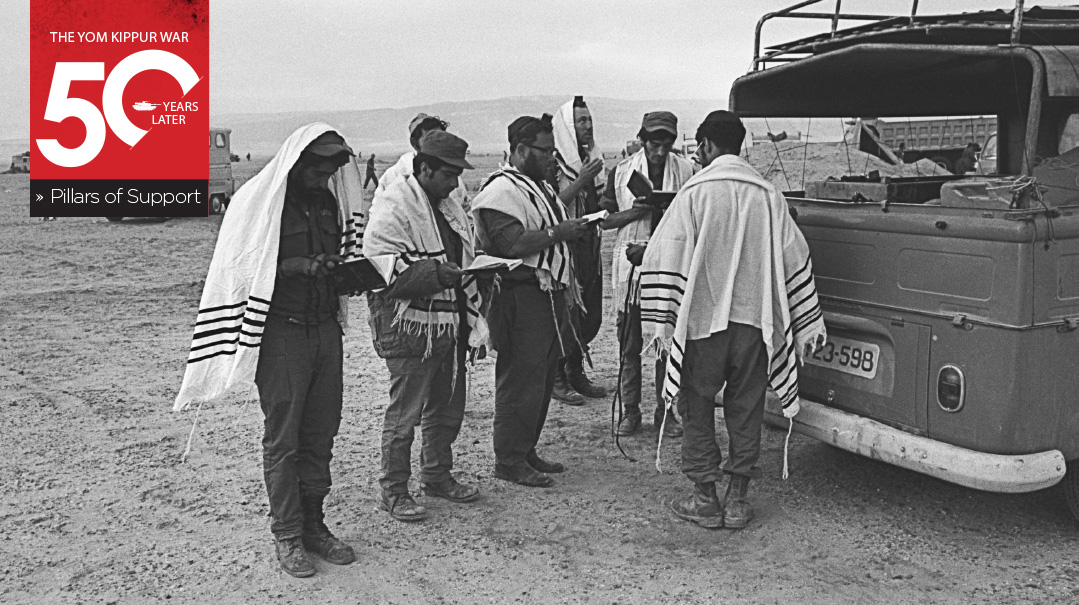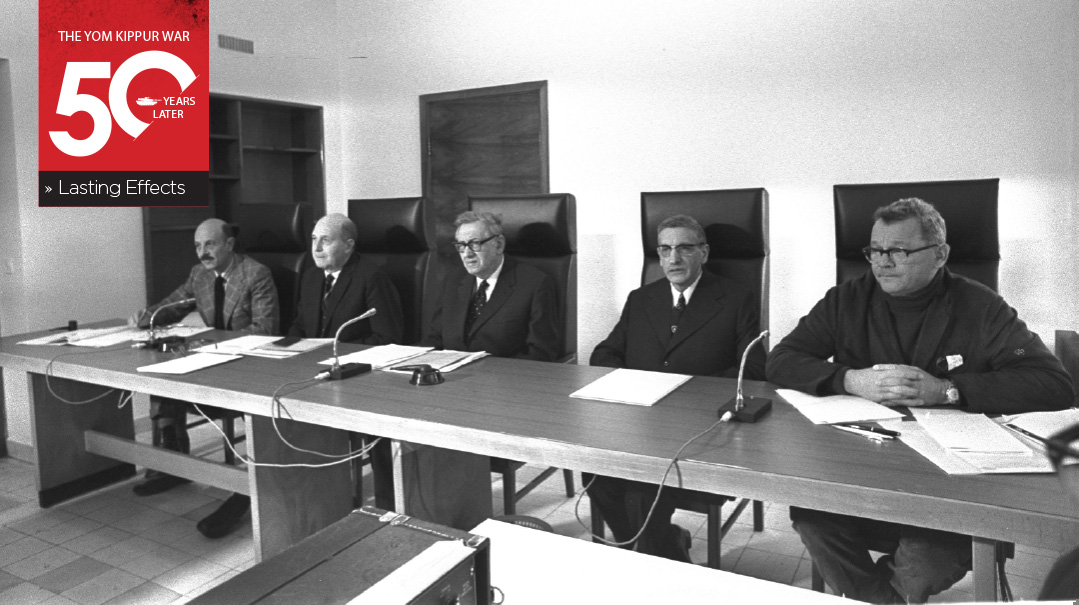Point of Return
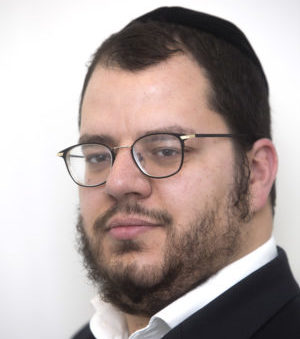

It’s estimated that up to 8,000 IDF soldiers and officers became religious in the aftermath of the Yom Kippur War
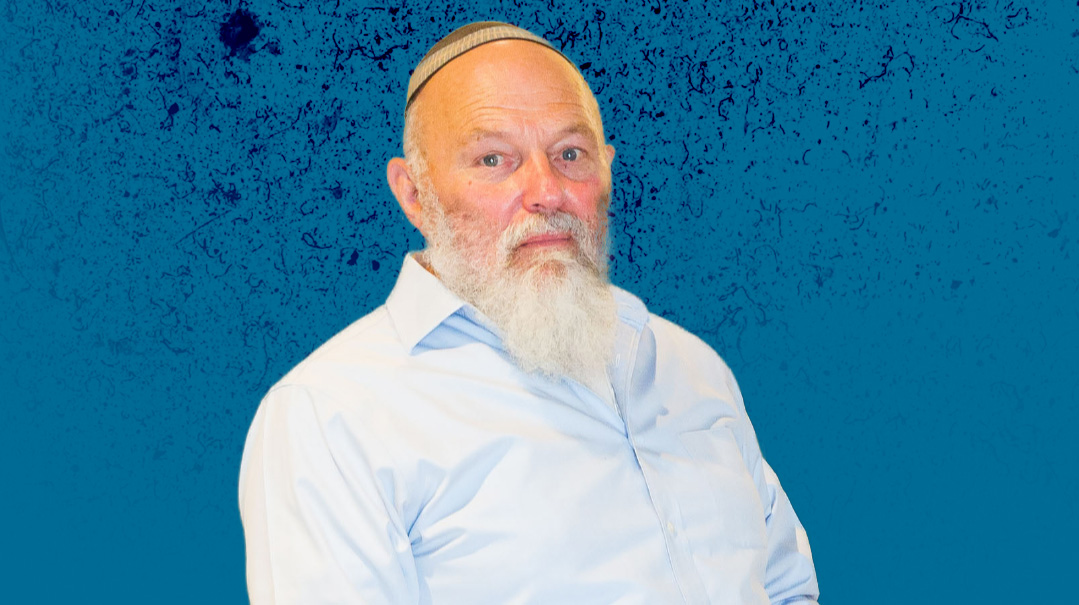
Photos: Elchanan Kotler
It’s estimated that up to 8,000 IDF soldiers and officers became religious in the aftermath of the Yom Kippur War, and this teshuvah movement had fertile ground: On one hand, the pioneering ideology of secular Zionism began to lose its luster, and on the other, the national trauma in the wake of heavy losses and military egoism made people reevaluate their deeply rooted ideas of what it means to be Jewish. The process of this this often-wrenching inner clarification, however, exacted a heavy price in both the personal and professional realms. Personal accounts from those who upended their pasts and moved into an unknown future
A Time to Kill, a Time to Heal
Brig. Gen. (ret.) Effie Eitam
Role: Platoon leader, Golani Brigade
Today: Retired government minister
“I always ask myself if my becoming religious was sort of post-trauma from the war, or if it began long before that,” Effie Eitam shares. He is familiar to many as a former minister in the government and chairman of the National-Religious Party (which he left in protest of the expulsion of Gush Katif).
Eitam fought in the defensive battles against the Syrian Army in the Golan Heights. He and his soldiers stopped a convoy of Syrian tanks that was trying to infiltrate Nafach, using three bazooka anti-tank rockets and a heavy machine gun. Eitam even rescued injured soldiers from the battlefield and evacuated them to safety. He received a Medal of Distinguished Service for his actions.
Although Effie Eitam is one of the most prominent figures identified with the post-Yom Kippur War teshuvah wave, he says that the seeds were there before. “The more I think about it, the more I realize that there were glimmers of teshuvah before the war, back in my native landscape of Kibbutz Ein Gev.”
While the kibbutz rejected formal mitzvah observance, Eitam says he grew up with a lot of idealism and even faith. “In a kibbutz, there are a lot of faith-based ideals,” he explains. “There is the faith in the revival of Am Yisrael and the settlement of the land, and faith in the morality of society and in the fact that we all need to care for one another. In life, you have to look for a compass to follow, and when you grow up in a place that advocates idealism, it has an influence.”
For Eitam, the war expedited the process of a return to traditional Judaism. “When a young man goes into battle, he sees the fulfillment of the words, ‘Gam ki eilech b’gei tzalmaves, lo ira ra — Even as I walk in the valley of the shadow of death, I will fear no evil.’ He really fears two things: that something terrible will happen to him, and that he himself will do something terrible. Because the encounter with killing is not simple at all.
“The war’s ‘valley of death’ forces you to face the concept of sanctity of life, a central tenet of Judaism. Suddenly, you’re in a place where that primacy and sanctity seem to disappear. We’re commanded not to murder, but when you realize that you’re in a situation in which you are not only permitted to kill, but you even get a medal for it, like I did, your entire concept of morality is shattered. So you have no choice but to revisit what you really believe in, and clarify concepts that go beyond your personal life.
“So I would say that my teshuvah came from a deep desire to clarify what, exactly, is the life force of this nation that I am allowed to kill for it, and even be killed if necessary. That question brought me to the Mercaz Harav. At the time, in addition to becoming more spiritually attuned to Torah, I continued to serve in the army and was promoted to its senior ranks. The Torah that I learned balanced me out. I felt that now, finally, I wasn’t telling the soldiers ‘after me!’ just out of ego, but rather out of the genuine faith in the spiritual ideals for which we are fighting.
“I’m not saying the battlefield becomes a beis medrash. Soldiers have to be laser-focused on the technicalities of their missions. But in the end, it’s the heart that affects all the actions that we carry out in the field. It’s clear that people’s motivation to fight is intrinsically connected to their inner consciousness. And when that sense of self lacks idealism and clarity, then you’re left with a lot of technology and very little ideology.
“And that’s one of the army’s biggest weaknesses today. Even an F-35 fighter pilot who operates a sophisticated weapons system is ultimately a person who has beliefs, opinions, and emotions regarding the nation and the state.”
Eitan says that despite his radical life transformation, he felt great joy early on in the journey. “I felt like I had finally found the soundtrack of the movie in which I had grown up.”
At the beginning of the 2000s, he retired from the army, and because many in the national-religious sector saw him as their leader, he was elected chairman of the National-Religious Party, in which he served in various senior political positions for eight years, eventually resigning from the party and ultimately retiring from politics.
Eitan currently runs dialogue groups in an effort to generate better communication between different factions in Israeli society, and effort currently more important than ever. But he’s optimistic. “I believe we’re in a state of rebuilding and renewal,” he says. “Although it’s a painful process, it’s the delivery room, and not, chalilah, the department for terminal illnesses.”
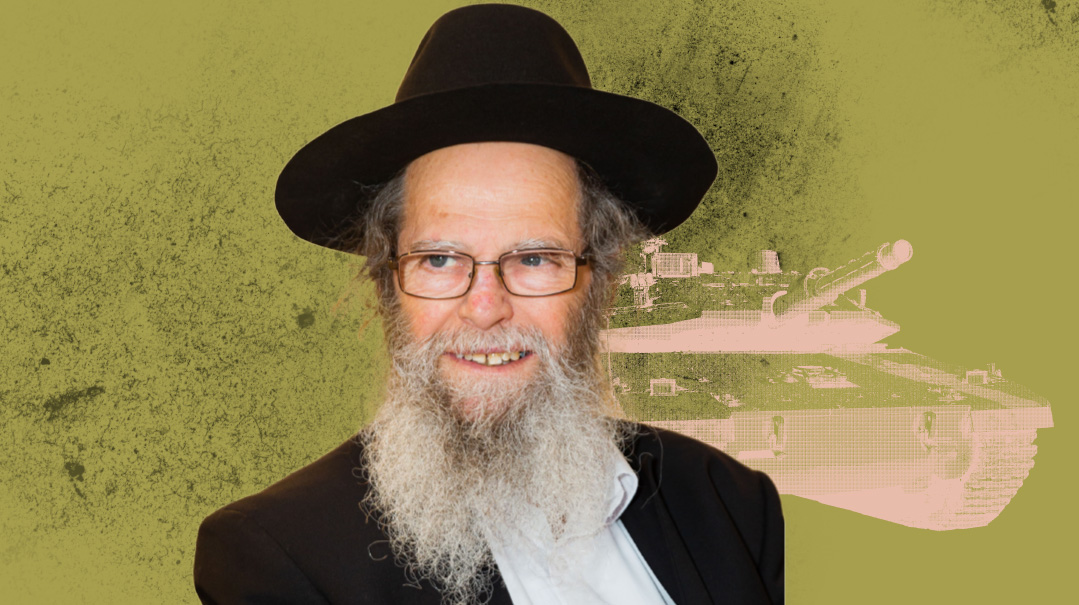
Sky’s the Limit
Rabbi Ra’anan Ne’eman
Role: Combat Pilot, Squadron 101
Today: Longtime avreich in Bnei Brak
“I’m still a kollel avreich,” says Rabbi Ra’anan Ne’eman, by now one of the older fellows in the morning beis medrash of Nachalas Moshe and in the afternoon kollel of Nesivos Olam in Bnei Brak. Yet going back more than 50 years, he sees the enemy target as clearly as the page of Gemara he’s learning.
In January 1970, at the end of the War of Attrition, when Israel launched air raids against military targets in Egypt, Ne’eman was a young fighter pilot trained on the Phantom jet. As his squadron headed over Egypt, they suddenly flew into a swarm of missiles.
“One missile shattered my left hand, and another clipped the plane,” Rabbi Ne’eman remembers. “More than ten more missiles were fired directly at us, but in what I later saw as an open miracle, Hashem guided me back to Israel despite my injury.
“I was taken to Tel HaShomer Medical Center to treat my shattered hand. Just then, the prime minister at the time, Golda Meir, came to visit us. When she passed by my bed, she asked me, ‘Nu, what do you want to do?’ When I told her I want to go back to fly, she recoiled a bit. But with her was Air Force commander Motty Hod, and he promised me that if I could requalify, I could go back to flying.
“And that’s what happened. After being in the hospital for a few months, I got back in the cockpit. It wasn’t simple — I had lost three fingers on my left hand, only the pinky and thumb were left. But it was enough, with another good hand, to operate a plane.”
Three years later, when the Yom Kippur War broke out, Ne’eman was a member of Squadron 101, the first squadron of the Air Force to enter the war. “Again, I was in the center of the fight — when I took off, I had no idea if I’d ever come home. All the memories of my previous injury flooded my mind and blended with the adrenaline. It was a combination of feral dread and a strong desire to fight and triumph.”
Ra’anan came home safely, but he lost many friends in battle. And then, in the days that followed the cease-fire, he began to have doubts about his patriotic dedication. “I began to review all my wartime experiences,” he says. “I thought about my good friends who had been killed, I thought about myself, how I had set one foot in the Next World a few times, and then I asked myself: ‘What am I fighting for here?’
“The first thing that came to mind was the Zionist mantra, ‘It’s good to die for our land,’ but the words didn’t prove themselves in real time. I saw all around me horrific death, all the young men who fell, and it was clear to me that this could not possibly be described as ‘good.’”
R
a’anan Ne’eman had one solution: to leave Eretz Yisrael. “I tried to think of where I wanted to emigrate to, and I suddenly realized that I was really trapped. As the son of a Holocaust survivor, I knew that wherever I went in the world, there could be people stronger than me who would say, ‘You are a Jew, go left.’ And that I’d never really be accepted anywhere. I was really frustrated. I felt that the description of ‘Jew’ was a burden, like a tail that accompanied me and my people for more than 3,000 years. But something good came out of this burden, because it forced me, for the first time in my life, to examine what it really means to be a Jew.
“I remember sitting on the grass in Kibbutz Sdot Yam with my father and sharing with him my initial thoughts about becoming a chozer b’teshuvah. My father a”h was none too pleased. ‘Ra’anan, what do you think you’re doing?’ he asked — and the answer seemed to pop out of its own accord: ‘What do you want, Abba? From the generation of your father, all the way back to Moshe Rabbeinu, everyone followed this path I’m taking. So why do I have to justify my decision to keep Shabbat and eat kosher?’ That’s also how I explained to myself my very deep, very new desire to keep mitzvot.”
While taking baby steps in becoming mitzvah-observant, Rabbi Ne’eman continued serving in the Air Force, and was even promoted to squadron commander in Tel Nof. “But despite my senior position,” he says, “I felt my military convictions start to falter. I found myself confronting pilots and work colleagues and asking them: ‘Are you fighting for the country of the Jews?’ And after they responded that of course they were, I asked, ‘And how is your Jewish identity manifested?’ As a fighter pilot, I felt like I needed something strong and stable to hold on to, something worth fighting for. That led me, concurrent to my military service, to start keeping Shabbat with all its strictures, and to take on more mitzvot.
“It’s a little tricky being a shomer Shabbat pilot, but I asked my commanders one thing: If there’s a real alert on Shabbat, then summon me, by all means, because pikuach nefesh defers everything else. But please excuse me from any standard drills, so I won’t have to desecrate Shabbat needlessly. They agreed, and truth is, we did most exercises during the week.
“There were also technical issues, like shaving my beard so that my oxygen mask would have a proper seal. At the time, I consulted Rav Shach about it, and he ruled that I was allowed to shave my beard, even during Sefirat Ha’omer. I remember myself at that time blossoming and happy, feeling great fulfillment from what I was zocheh to, to realize my faith, to follow the right path, against the consensus. It was a very intoxicating feeling.”
Eventually, though, the thrill wore off; he started feeling a pull to go to yeshivah, and he decided to leave his position in the squadron. “Yaakov Turner, who was then head of manpower, asked me, ‘But why are you doing this?’
“My answer was: ‘I want to learn how to be a better Jew.’ He had no answer to that, so I was discharged from the army and I went to learn in Yeshivat Nesivot Olam.”
And that, he says, was when the real challenges began. “If someone claims it’s easier to learn Torah than to be a fighter pilot, he clearly does not know what real Torah learning is. I remember sitting on the bench in the beis medrash and simply battling for every minute of learning. After four years of constantly being on alert, and sometimes needing to leap into the plane from one second to the next, I struggled to get used to the monotony of Gemara study. But as the time passed, something remarkable happened: Suddenly I felt that I didn’t need the adrenaline of flying anymore in order to feel worthy of being a Jew.”
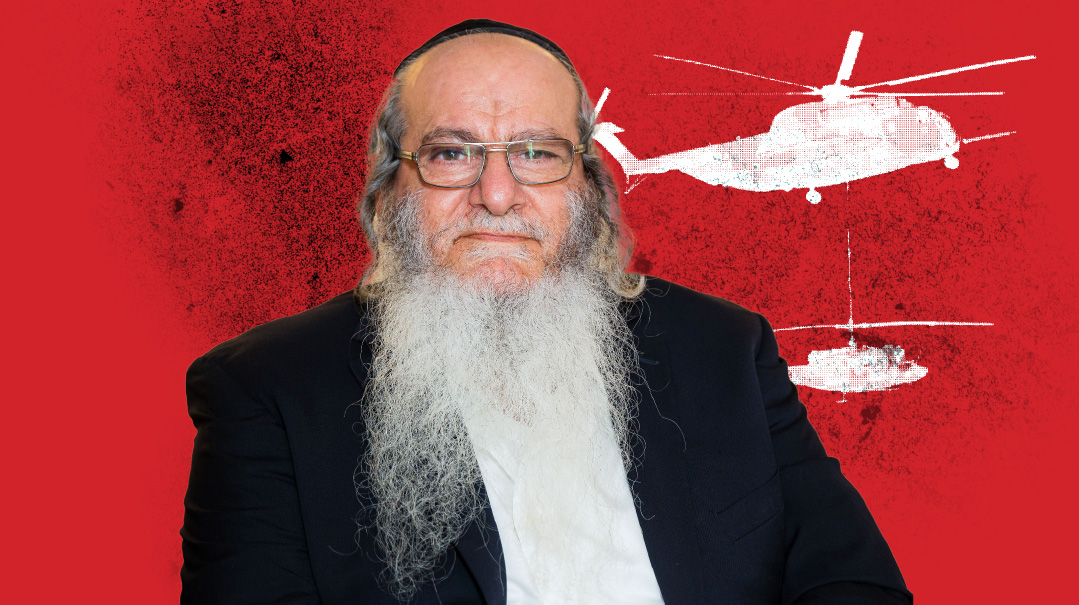
Promise in the Rifle Pit
Rabbi Bentzion Salamie
Role: Combat solider, Golani
Today: Manages a network of kollelim
When Rabbi Bentzion Salamie remembers the events of the Yom Kippur War 50 years ago, he can still feel the dirt of the trenches in his mouth.
He was an infantry soldier in the Golani Brigade, which had just completed successful combat operations in the hornets’ nest of Gaza. They were promised the reprieve of a short furlough, but then the plans changed. War had broken out, and they were taken up north to the Syrian front.
From the first minute, the war seemed like an impossible situation, with the IDF severely outnumbered. But the real challenge awaited Salamie’s brigade when they ascended Mount Hermon to capture the Syrian outpost.
“It was extremely risky,” he recalls, “because the Syrians had complete control of the whole area, and whoever raised his head got a bullet.
“Despite the danger, I got orders, together with my brigade, to keep advancing so we could help a division that had many casualties — injured and dead. We continued the ascent under Syrian fire, and suddenly I heard the safety pin of a grenade being released. To this day, I have no idea how I picked out the subtle sound amid the din of the mortars all around. I screamed, ‘Grenade!’ and dropped flat on the ground, as per protocol.
“There was a moment of silence, and then I heard the screaming of the wounded. I tried to get up, but then, I heard the pin of another grenade being released. Again I shouted, ‘Grenade!’ and fell to the ground. Beside me was my good friend, moaning in pain. He was severely wounded, and I tried to bandage him as best I could, but a few minutes later, he was gone.
“I continued advancing until we finally reached the unit we were assigned to help. The commander, Yigal, was himself injured, but nevertheless asked me with his waning strength, ‘Who can go on attack?’ I motioned to him that I could. There was another fighter there who joined me.
“Yigal guided us: ‘Throw grenades first,’ and that’s what we did. But as we advanced, I felt a hail of bullets shattering my thigh. I fell to the ground and couldn’t get up. There was another soldier there who realized I’d been wounded and told me that he was retreating to call for help. But he didn’t sound too optimistic. ‘We’re all alone here,’ he whispered to me. ‘The nearest IDF unit is pretty far away. Around here, it’s only Syrian soldiers.’
“Meanwhile, I noticed a black shadow on the ground, and I realized I was a few feet from a rifle pit. I tried to drag myself over there but I couldn’t move my shattered leg, so I pulled it with my shoelace until I was in the pit.
“As soon as I lay down, I heard a Syrian soldier lying down nearby in the trench, just a few feet away. I saw that he had a Kalashnikov, and there was a commando knife fixed into the band around his head. He screamed to his friends, ‘Sahab, sahab,’ meaning ‘friends, friends,’ asking them for help. But the Syrian soldiers didn’t come. That was one of the big miracles. It’s clear that if they had come, they would have seen me and shot me.”
S
alamie knew it was a short reprieve. As soon as the sun rose, he would be exposed to the enemy. “I was alone, with planes and cannons bombarding all around, bombs falling to my left and right. I knew I now had two choices, both of which would probably lead to my death: do nothing and risk getting captured by the Syrians, or go on the offensive and die fighting. And then, suddenly, a prayer emerged from the depths of my soul, from a place I didn’t even know existed: ‘Ribbono shel Olam, if You get me out of here, I promise I will be chozer b’teshuvah and I will build a home for You.’
“Hashem answered me, because after several hours of intermittent sleep — possibly due to fainting — as the sun came up, I noticed a group of soldiers from Unit 17 trying to get close to me. All the while, the Syrians were firing at them, but my friends fired back, cleared the area, and saved my life.”
Salamie was loaded into a medical rescue helicopter and taken to HaEmek hospital in Afulah. At first the doctors wanted to amputate his damaged leg, but because of the huge backlog of casualties, it took time — and that’s what saved him. The department head came in and decided to wait; perhaps the leg would begin to heal and there would be something to save.
“I spent a few months in bed without moving, my leg suspended with weights,” Salamie says. “With siyata d’Shmaya, I was eventually able to leave the hospital with the aid of crutches that I would use for many years. To this day, I have difficulty walking, but there isn’t a day that I don’t thank HaKadosh Baruch Hu for the miracles He performed for me.”
The war ended, and, his injury notwithstanding, Bentzion Salamie wanted to put that entire chapter behind him and just get back to regular life. He studied electrical engineering, married, and went to work for the Tadiran appliance conglomerate, where he met one of his old army buddies.
“This friend had become a baal teshuvah, and although I was still very far away from mitzvah observance, I remembered the pledge in that trench in the Golan, which I’d never done anything about. It gave me no rest, and so I decided to join my friend in a Torah study group. It was life-changing: Not only was I beginning to fulfill my promise, but the sleepless nights, tremors, bouts of depression, and panic attacks I’d been suffering since the war began to disappear.
“Suddenly, I felt this emotional serenity that I had never felt before, and together with my wife, I grew stronger in mitzvah observance, eventually enrolling in kollel.”
When the small kollel closed, Rabbi Salamie remembered the second part of his pledge to Hashem in that Syrian trench: “That I’ll build a home for You.”
And so he made a decision. He would reopen the kollel and take responsibility for raising all the funds. The first location was very small, and the space was shared with minyanim, and so a larger, more appropriate center was accessed — a kollel for every Sephardi avreich in Rechovot who needed a place to learn.
Today he heads an organization called Darchei Torah, which operates a network of kollelim with more than 100 avreichim, yeshivos, and various other kiruv frameworks.
“We believe in the potential of every youngster and invest whatever we can in him. I always tell parents and students that from my experience, I learned that a soldier who goes on the offense is a soldier that fights, even if he doesn’t win every round — but a soldier that doesn’t react is a soldier who’s dead. When we see our children trying, wanting to learn Torah, that is the most wonderful sign, because it means they’re pushing to win.”
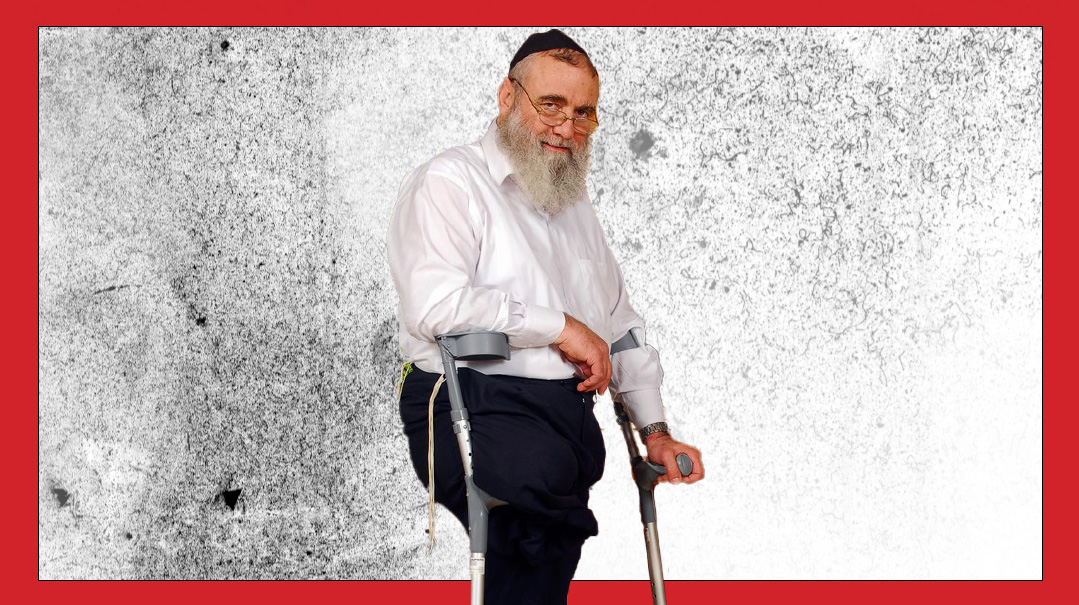
The Torture Alone Could Kill You
Noach Hertz
Role: Skyhawk fighter pilot
Today: Inspirational Speaker
By: Gedalia Guttentag
“Today I understand that I survived by a miracle,” says Noach Hertz. “On the fifth day of the war, I was sent to fly over the Golan, and over Khan Arnabeh in Syria, there was suddenly an explosion — my plane had been hit in the side. I blacked out and woke up to find myself spiraling toward the ground. I ejected and the next thing that I remember, I woke up in a Syrian hospital with a leg amputated.”
The desperation of the Yom Kippur War seems far away from Rabbi Hertz’s seforim-lined dining room in tranquil Moshav Yesodot, a quiet chareidi town between Jerusalem and Ashdod.
Noach Hertz’s story has been retold many times, but there’s nothing like meeting one of the Air Force’s golden boys, whose shattering experiences of the Yom Kippur War transformed his life and adds another dimension to understanding what happened in those fateful days.
“I was born in 1947 in Ashkelon to secular but very philosophically minded parents,” says Hertz. “Perhaps coming from thinking people, it enabled me to react to the Yom Kippur War by turning to Hashem.”
In 1968 he graduated as an engineer, and was then drafted into the Air Force. He qualified on the Skyhawk, an aging American fighter plane that had been superseded by the far more powerful Phantoms entering service with the IDF.
“In 1967, when I was still a student, there was the tremendous victory of the Six Day War. There had been a great fear in Israel of a churban. People fled the country, but then the Israel Air Force executed a surprise attack and wiped out the enemy air forces in a matter of hours.
“That,” says Hertz, “led to a feeling of kochi v’otzem yadi, and total scorn of the Arabs’ capacities. That feeling was soaked into the atmosphere of the IDF then. Bases were unready, intelligence was sloppy. Egypt and Syria wanted to reclaim their pride, but the IDF’s high command was arrogant — they never dreamed that one of these countries would challenge us.”
It was only on Shabbos — Yom Kippur morning — that the high command finally understood that war was a few hours away. Had the Air Force been permitted to act at that point, the war could have turned out very differently, Hertz says.
“At 10 a.m., the Air Force was ready to carry out a surprise attack on the missile batteries, just like in the Six Day War,” he says. But at the last minute, the operation was canceled and Israel lost the initiative.
Hertz was not involved in those opening moves, having been demobilized just before the war broke out, and living on a southern kibbutz with his wife and young child. But he was rushed back into the cockpit and the next day found himself flying bombing runs over the Suez Canal into a storm of missiles.
Equipped with no electronic countermeasures to outfox the missiles — unlike the modern Phantom — Hertz’s Skyhawk had to fly below radar level to avoid being shot down.
Just as the Saggers wreaked havoc on the tanks, the planes fell like flies to the SAMs. Nearly a third of Israel’s Air Force was downed in the opening few days of the war. There was no overall coordination between different air bases, and it was only on Tuesday that Hertz understood the disaster that had unfolded. “That day I attacked the Chinese Farm [an Egyptian agricultural research station, a misnomer resulting from the station’s use of Japanese-made equipment with Japanese (not Chinese) writing on the machinery], and had to dodge a SAM-6 missile. But when my commander, Shelach, was killed over the Suez Canal, I understood that this was total war.”
IT was Thursday, and Succos, when life changed for Noach Hertz forever on the Syrian front. “The plan was for the Air Force to attack from Quneitra to protect our tanks, and the intelligence briefing said that there were no more SAMs in the area. It turned out that the Syrians had received more overnight, and the Golan Heights was full of missiles.
“That morning,” recalls Hertz, “five Skyhawks were downed because they had been attacked from above radar level, but we still went ahead with a high-level attack.
“Human beings have a defense mechanism that enables them to focus in these situations,” he continues, “and so I thought, ‘It can’t happen to me.’ We were flying at tremendous speed, but suddenly there was a huge boom — I didn’t see the missile hit — and I woke up to find that I had a few seconds left before I would hit the ground. It’s clear Hashgachah pratis that I woke at all, because I blacked out immediately again.”
Noach Hertz stops and raps his leg. It makes a hollow sound in his dining room, and explains his pronounced limp. He woke to find himself a POW in a Syrian hospital, and an amputee. Captivity is not something he wants to discuss, but it was brutal. After three days, he was transferred to Al-Mazeh Prison in Damascus with no painkillers and no doctor. “It was a miracle that I didn’t get gangrene,” he says.
Hertz was also tortured there. In other interviews he has spoken of the electric shocks, beatings, and hammer blows to the nails that the Syrians inflicted. But now he just says drily, “There was no Geneva Convention.”
Under the torture, other captive pilots died, but Hertz was a reservist and also severely wounded. Perhaps that’s why they went “easier” on him.
Kept in solitary confinement for months, questions of Jewish identity and meaning gnawed at him. A guard — an Arab Israeli who had moved to Syria — taunted him that Israel had stolen Arab land. Noach Hertz was consumed with why, in fact, the guard was wrong. Sheer loneliness and suffering in the freezing prison led him to think about what Judaism means and to determine to explore it if he ever made it out.
That happened at the cease-fire on the 11th of Sivan, after an eight-month captivity. A career officer, Hertz rejoined the Air Force as an engineer and as a helicopter co-pilot after his release, remaining in the military for another 11 years, until 1985.
But the process that had begun in Al-Mazeh Prison bore fruit a few years before his release. “The crisis of the Yom Kippur War triggered two things: a movement of young people leaving Israel, and the teshuvah movement,” he says. “Only years after my imprisonment did I have the courage to act on what I believed and become fully mitzvah-observant.”
Over the last 50 years, Noach Hertz has told his Yom Kippur story many times, but there is nothing formulaic about his words. They are fresh and passionate, and he’s still living them daily.
“The war taught me that nothing happens on its own. If you look closely at a situation, you’ll find that Hashem is behind it all.”
(Originally featured in Mishpacha, Issue 980)
Oops! We could not locate your form.


